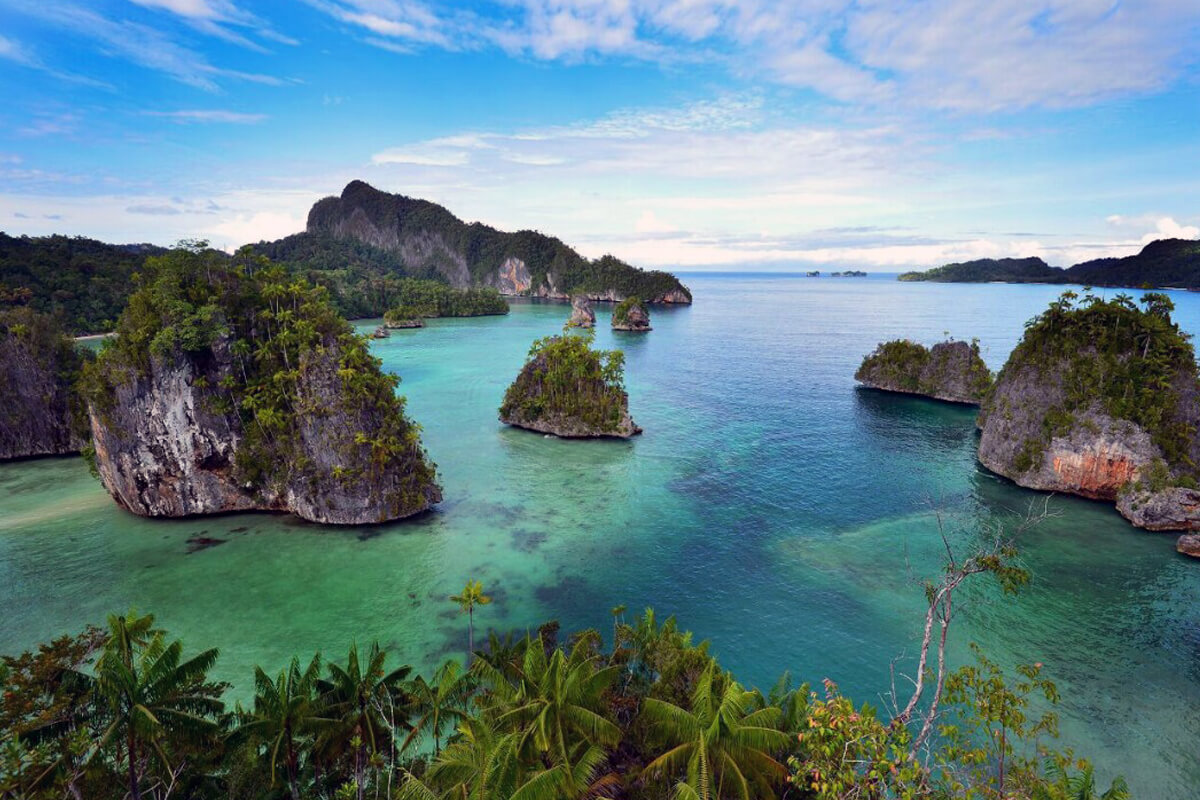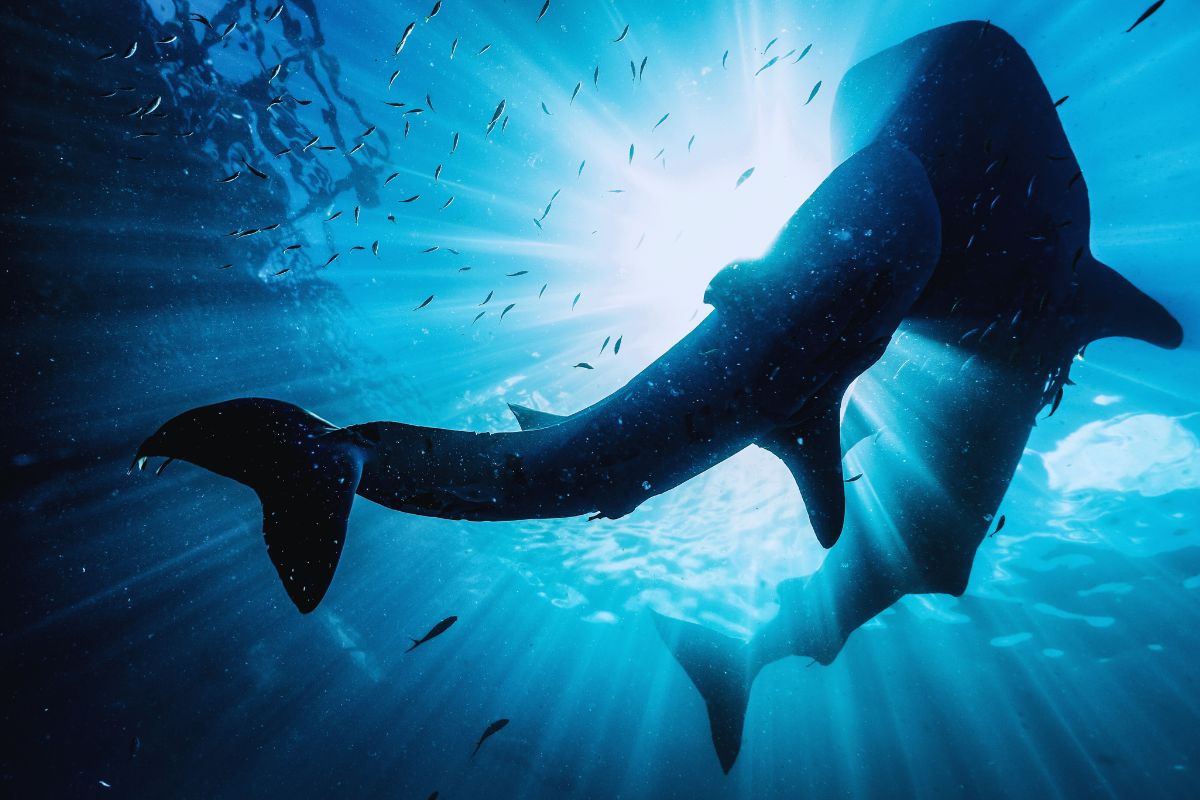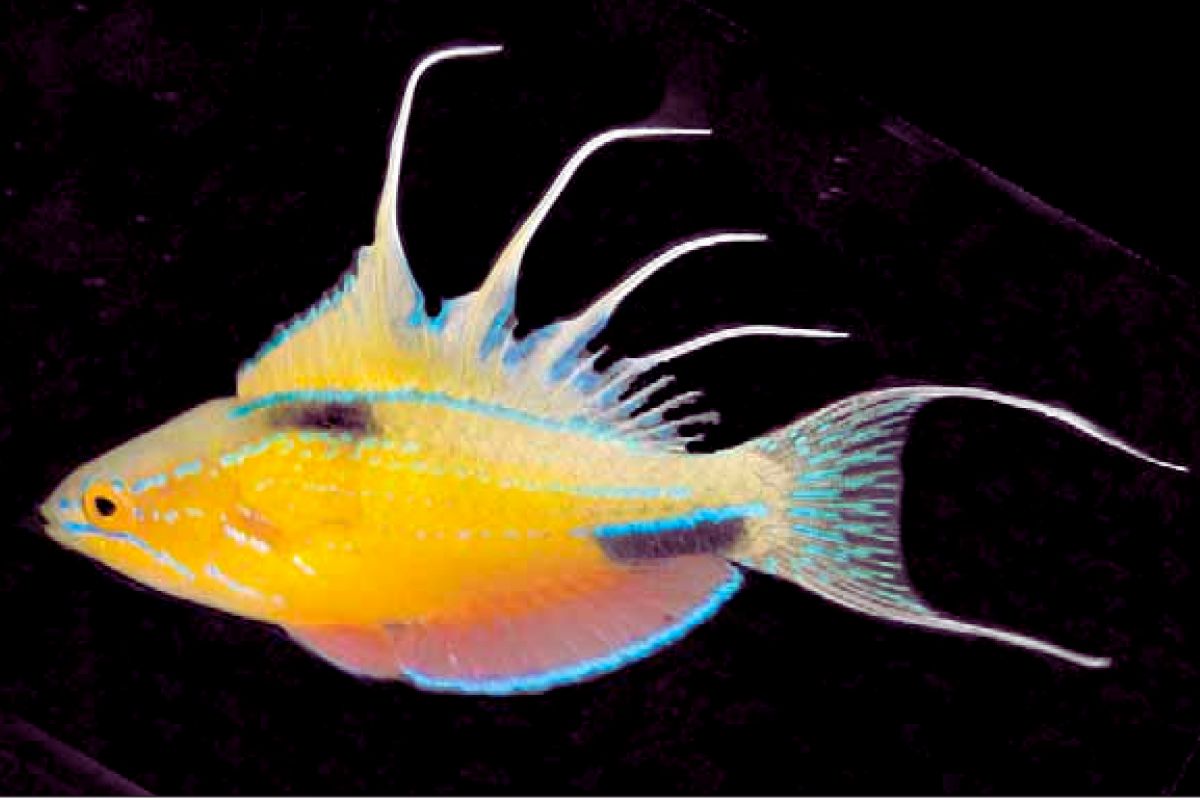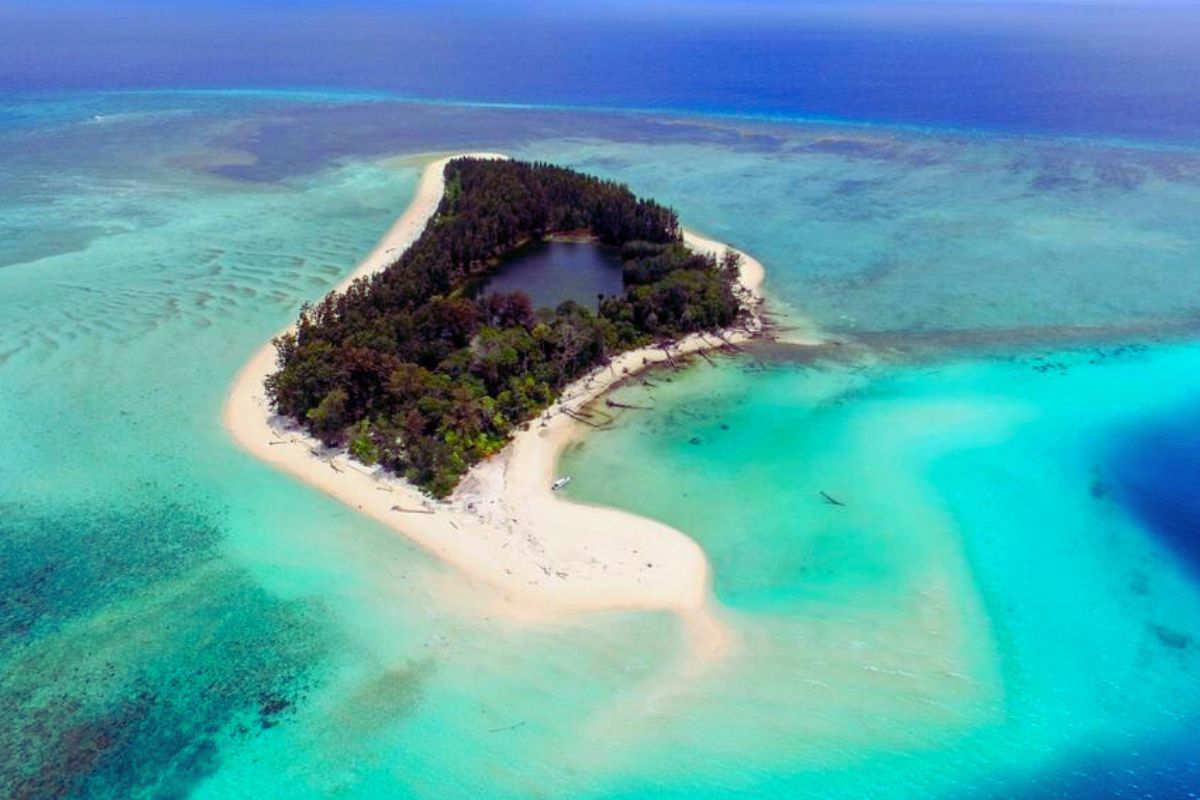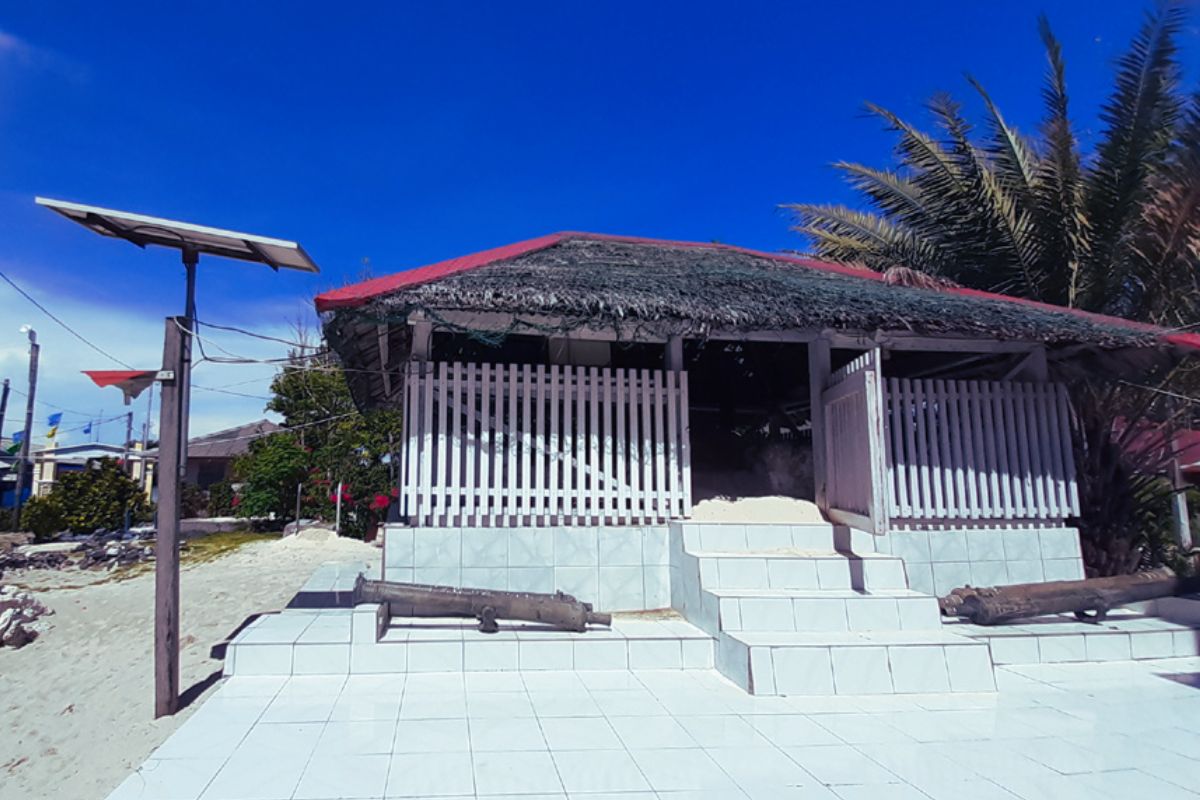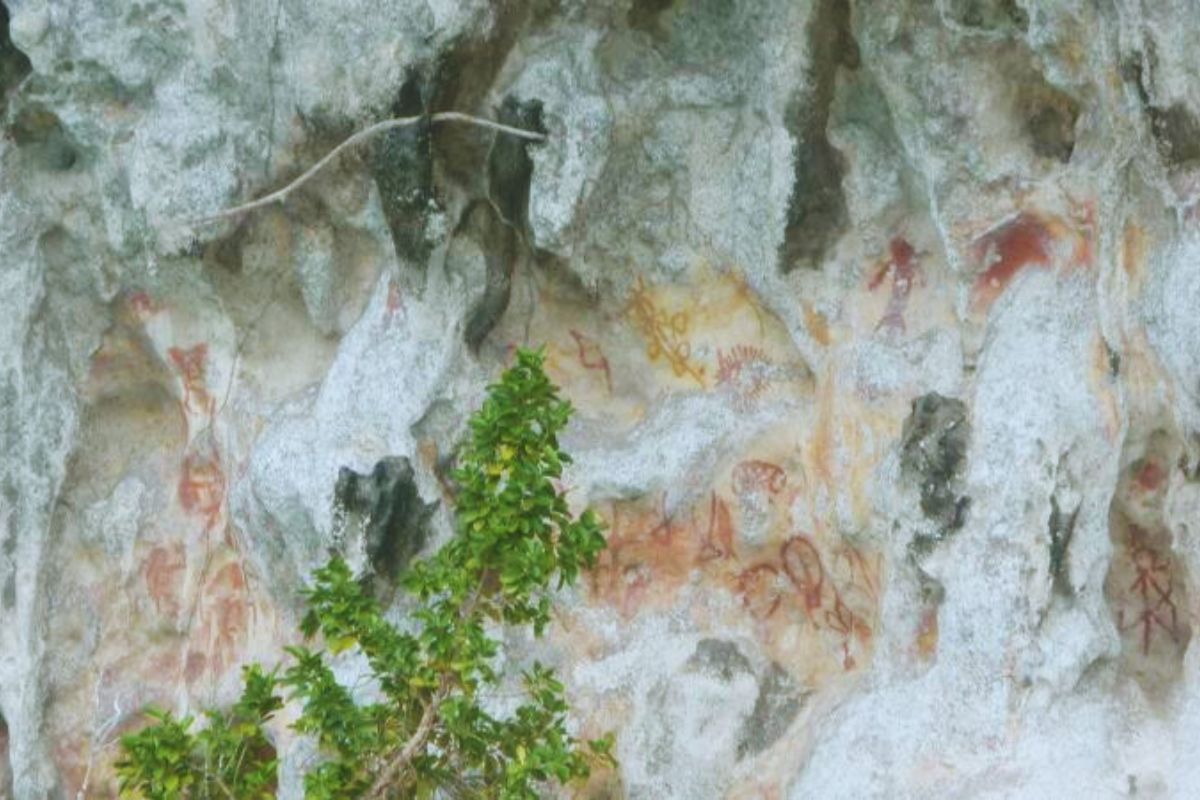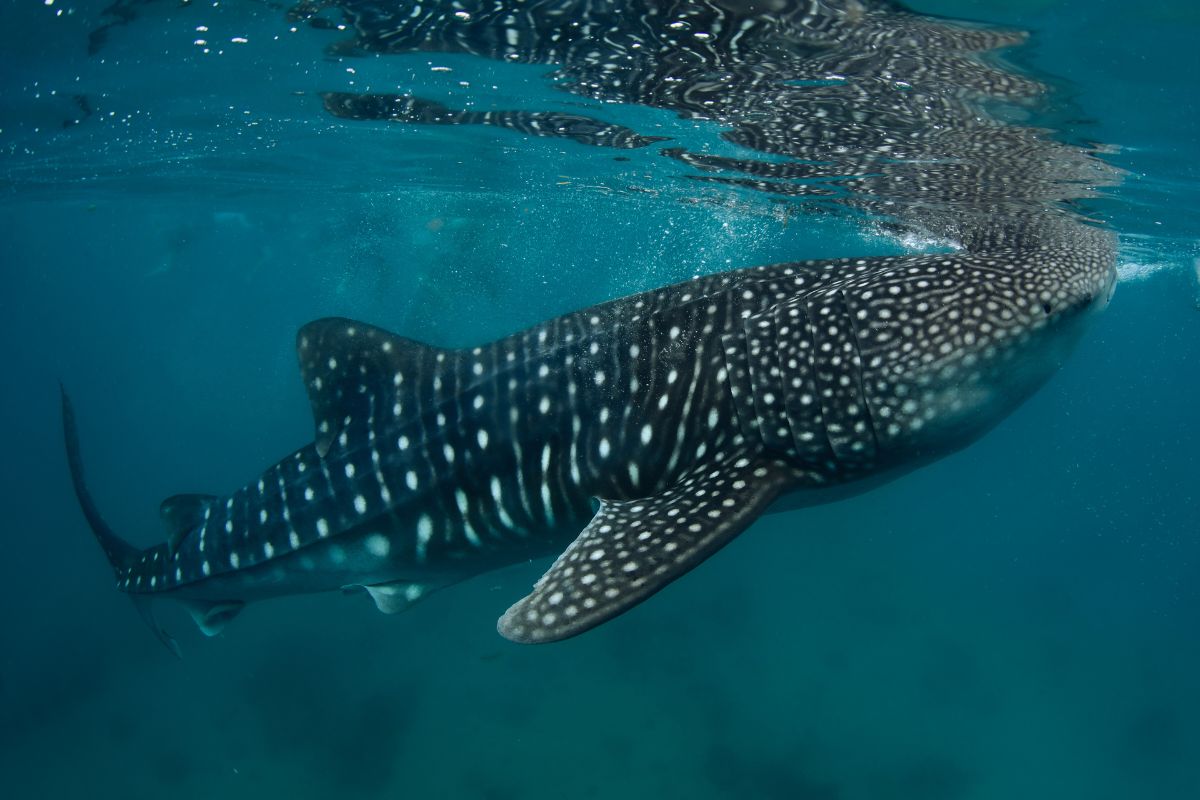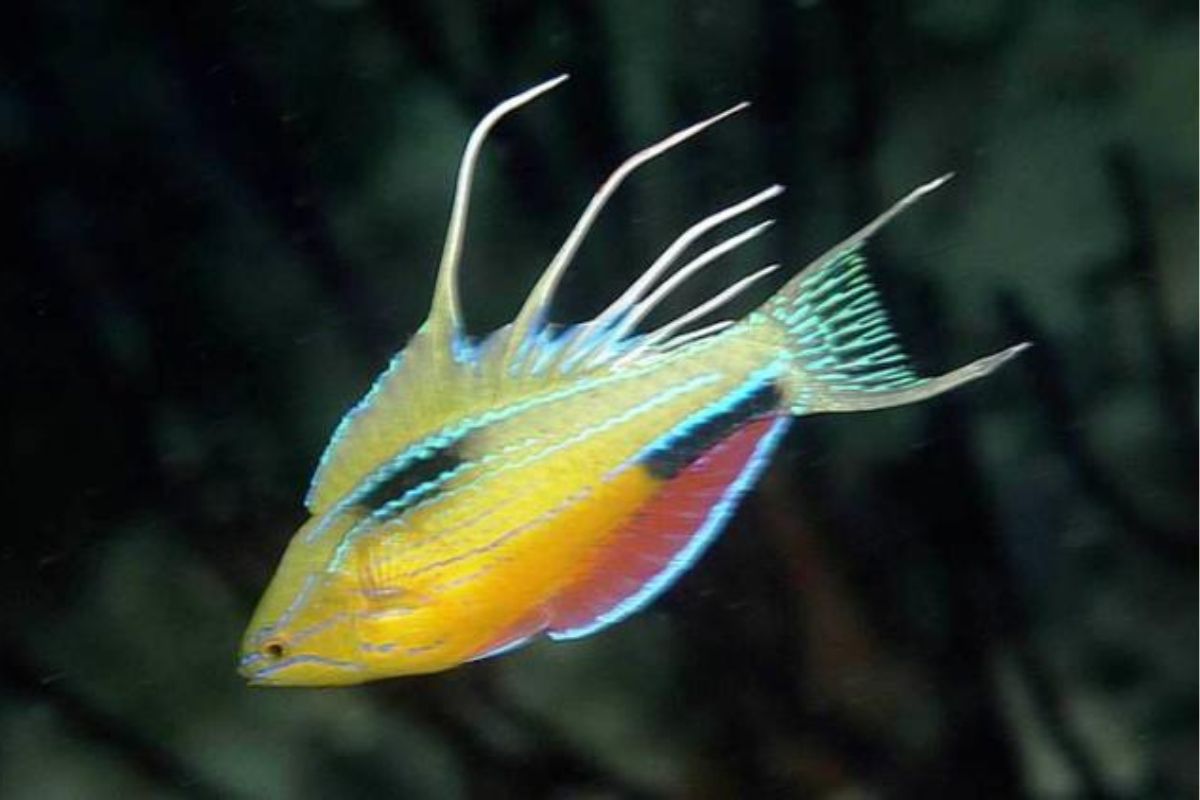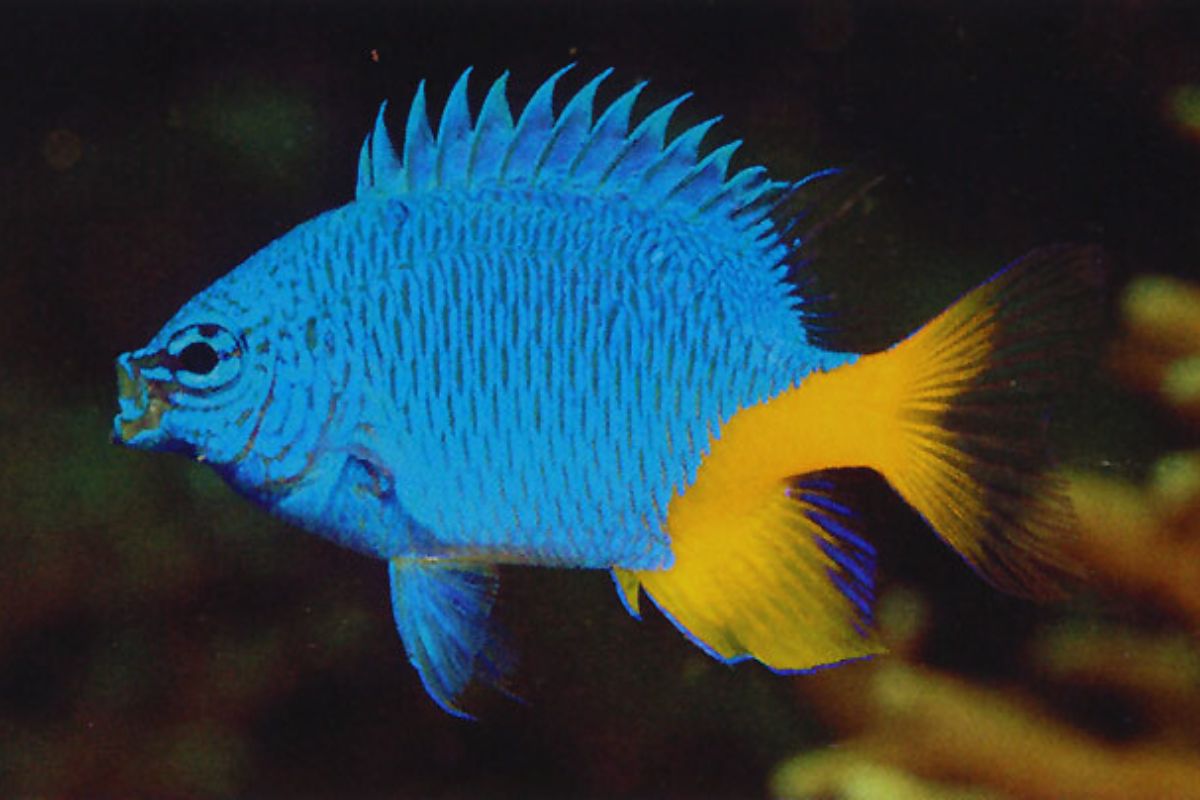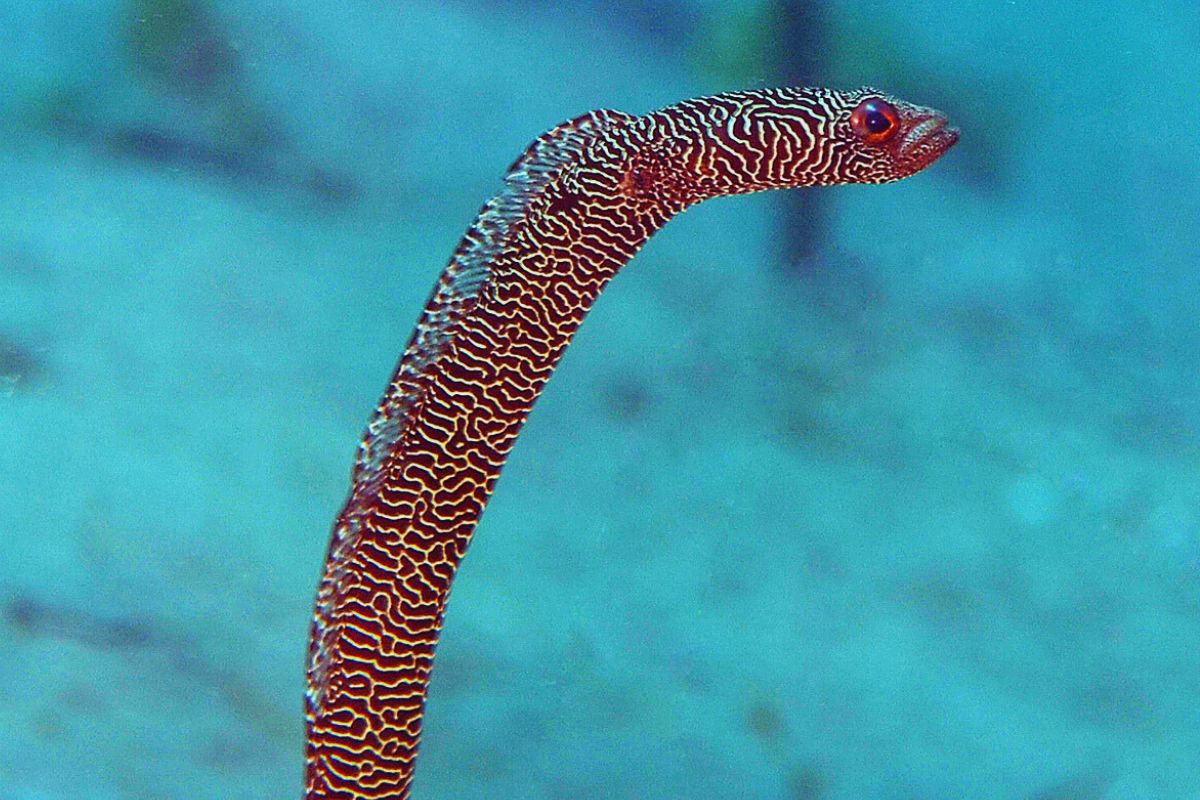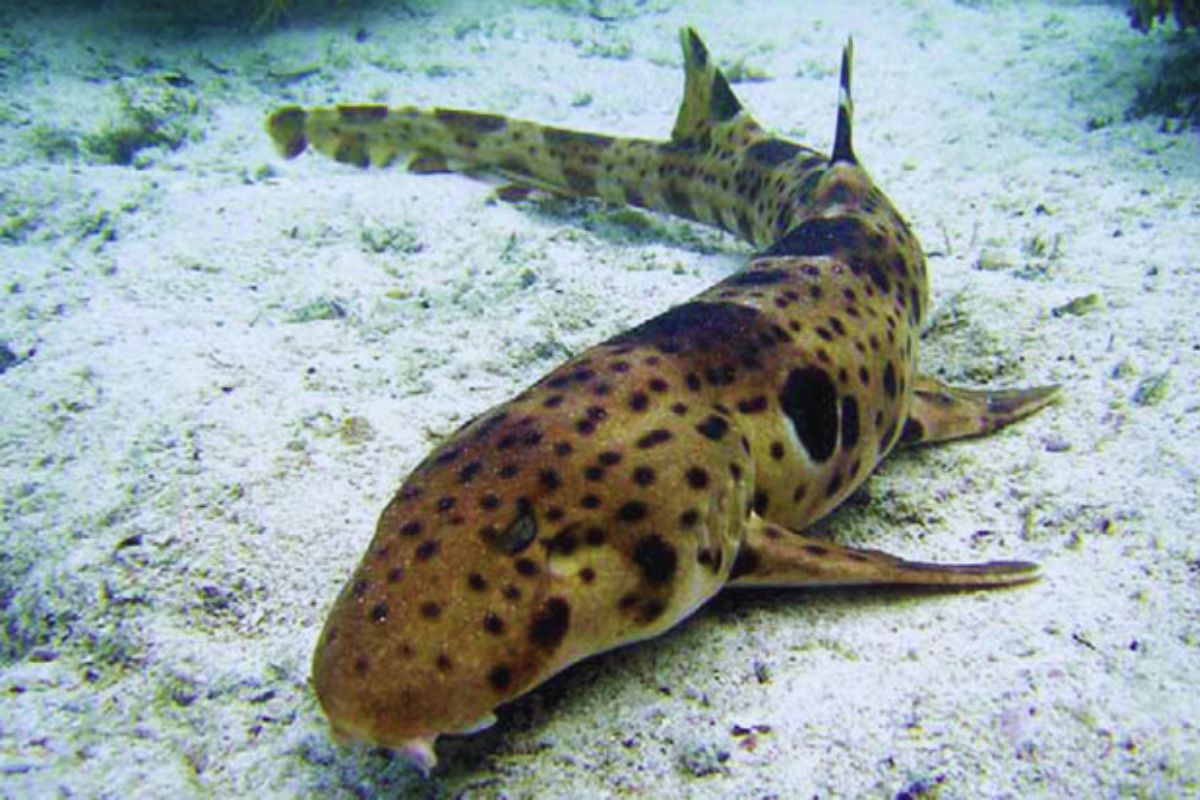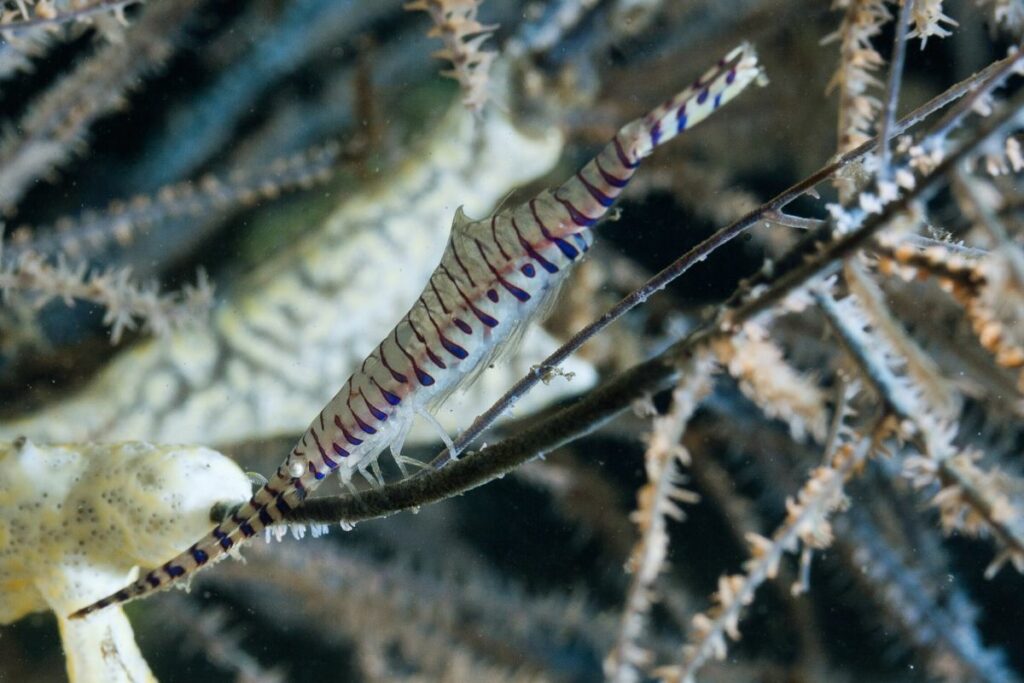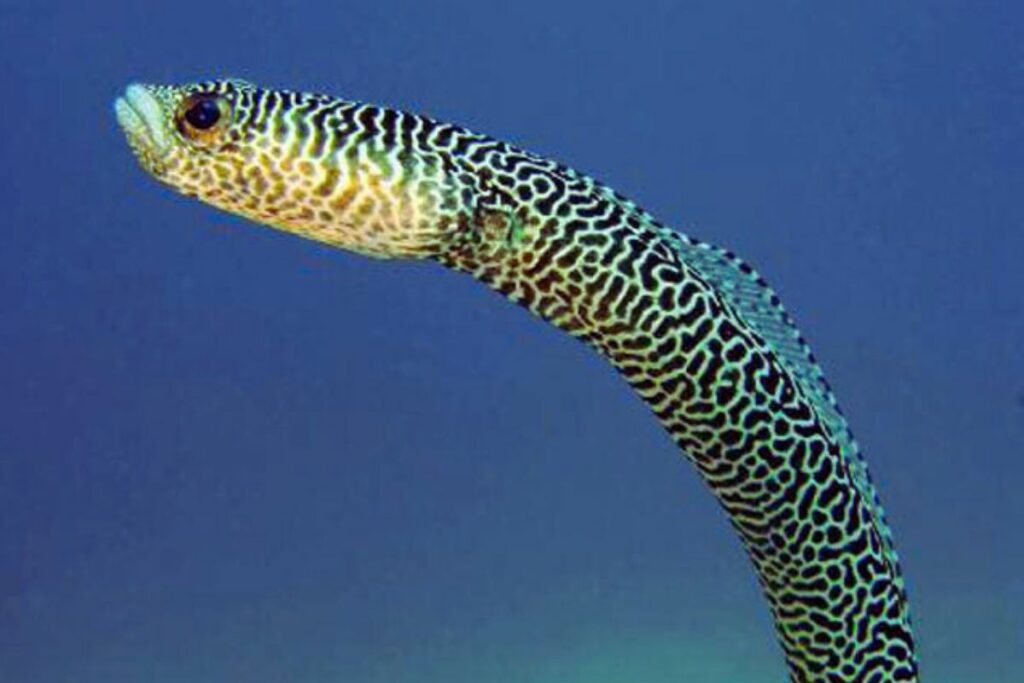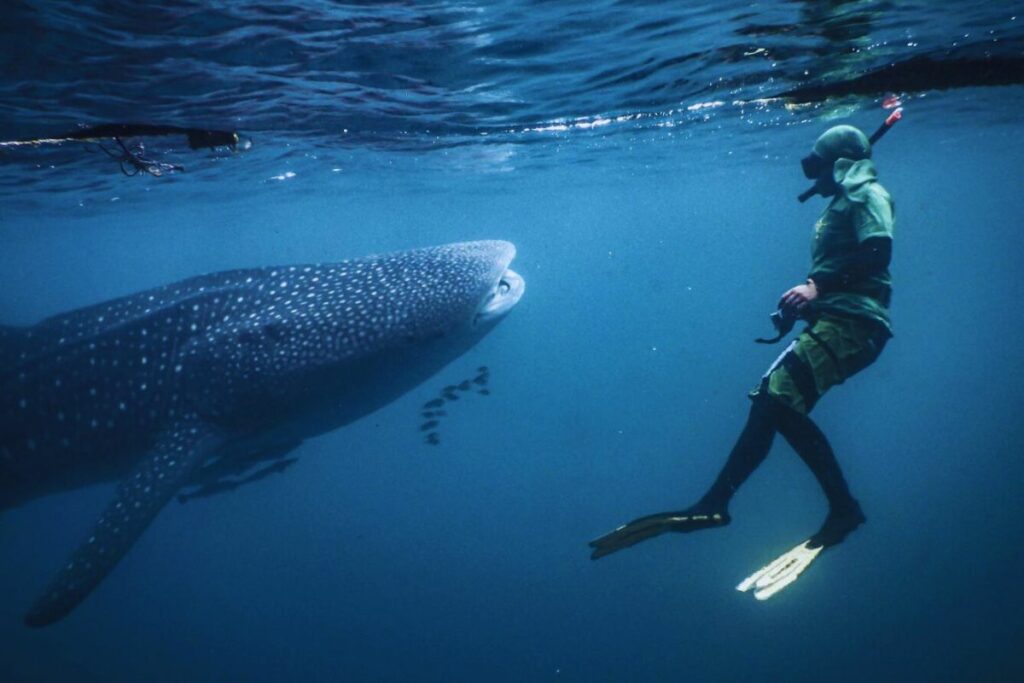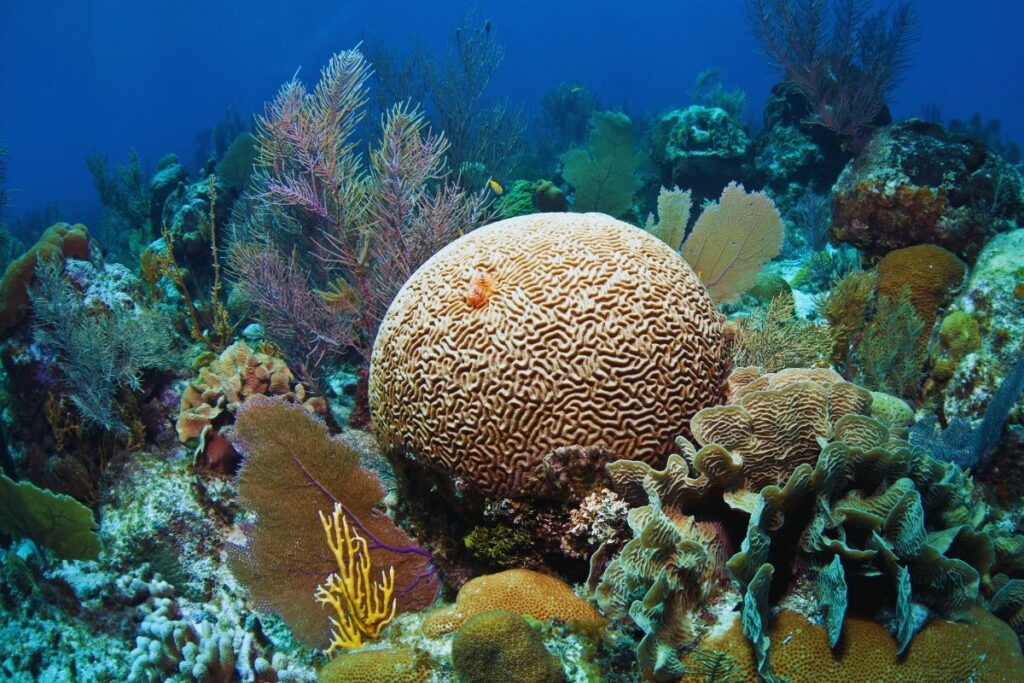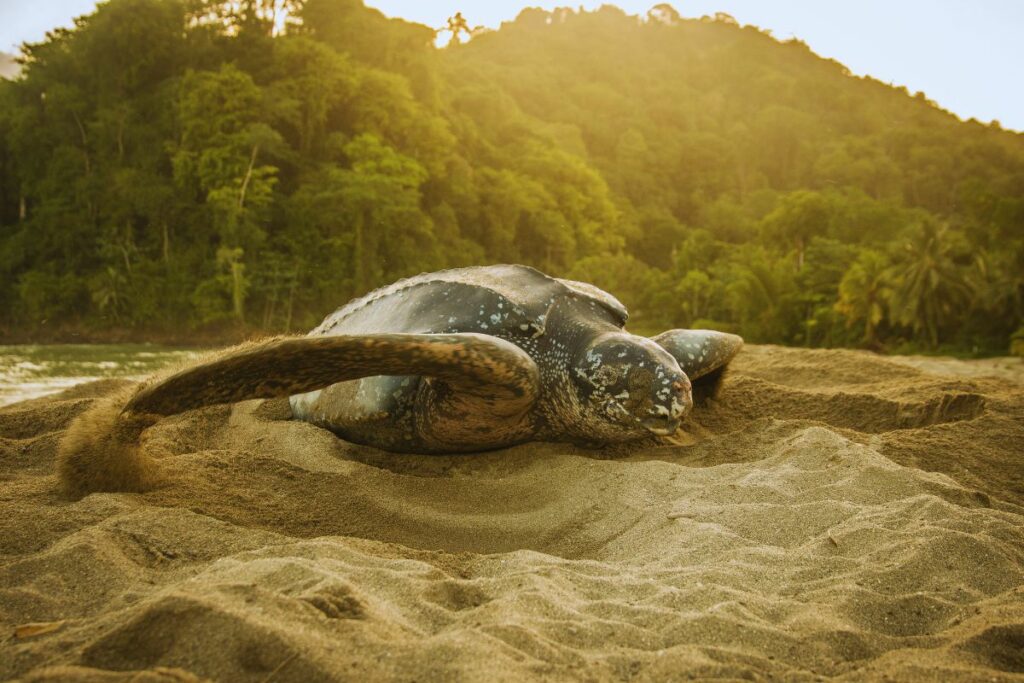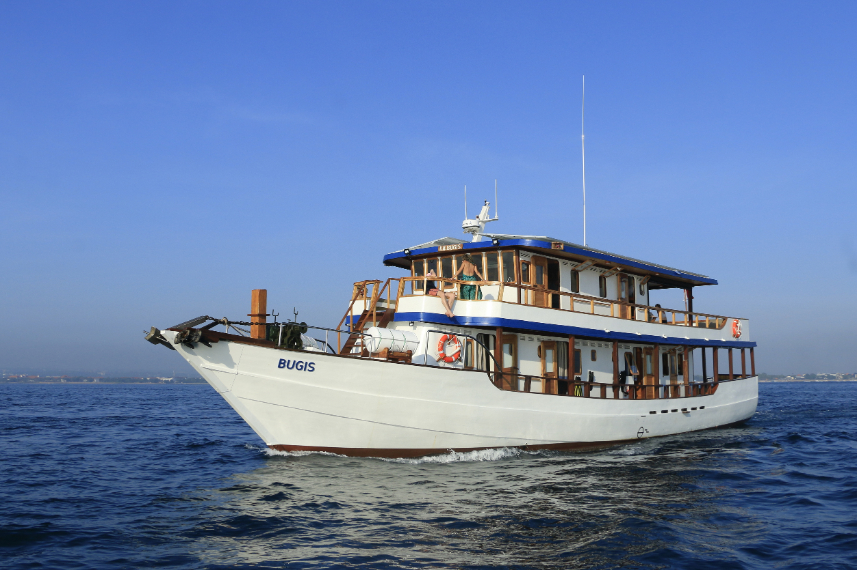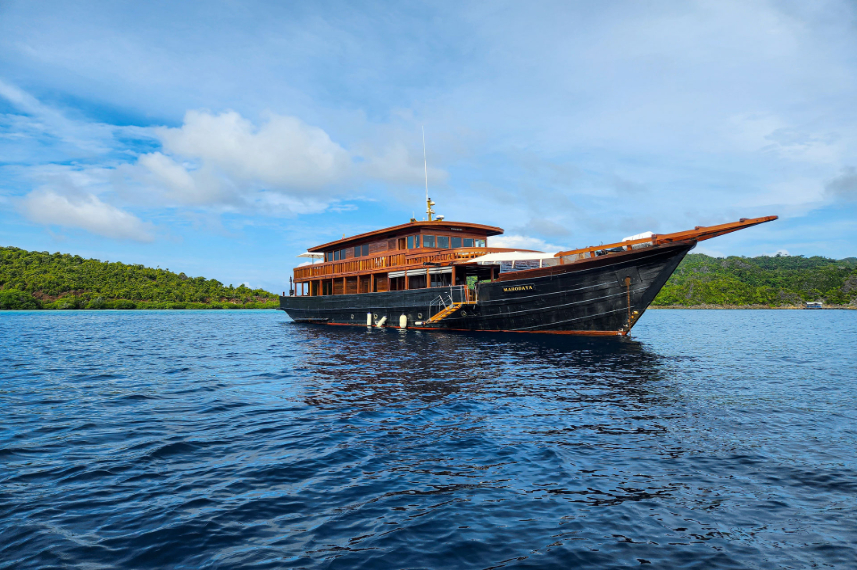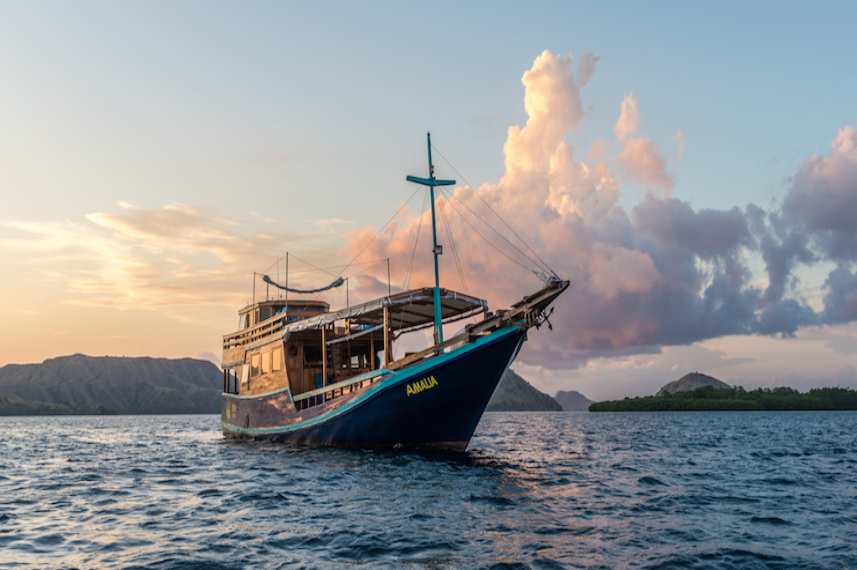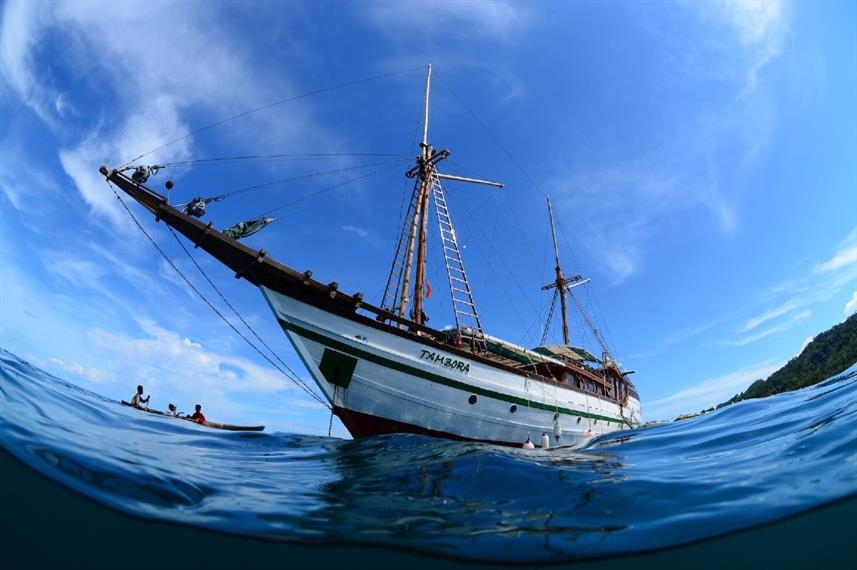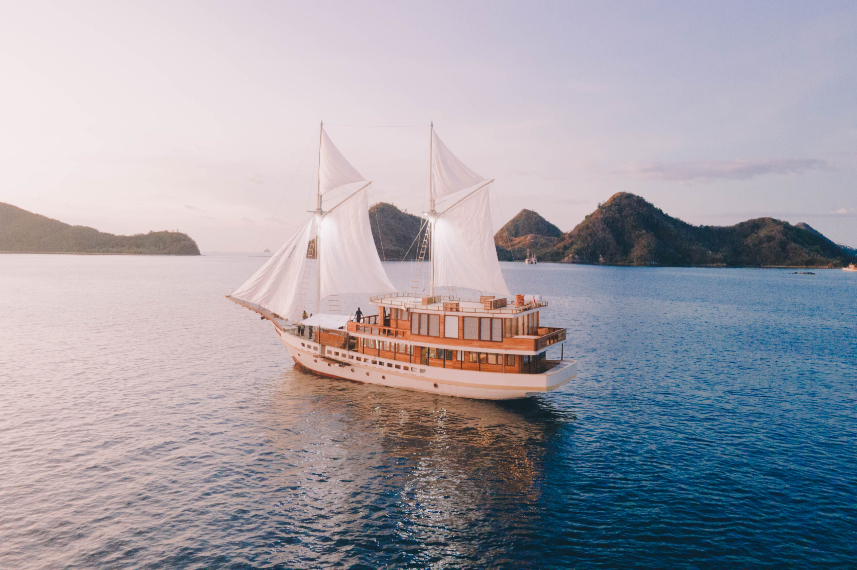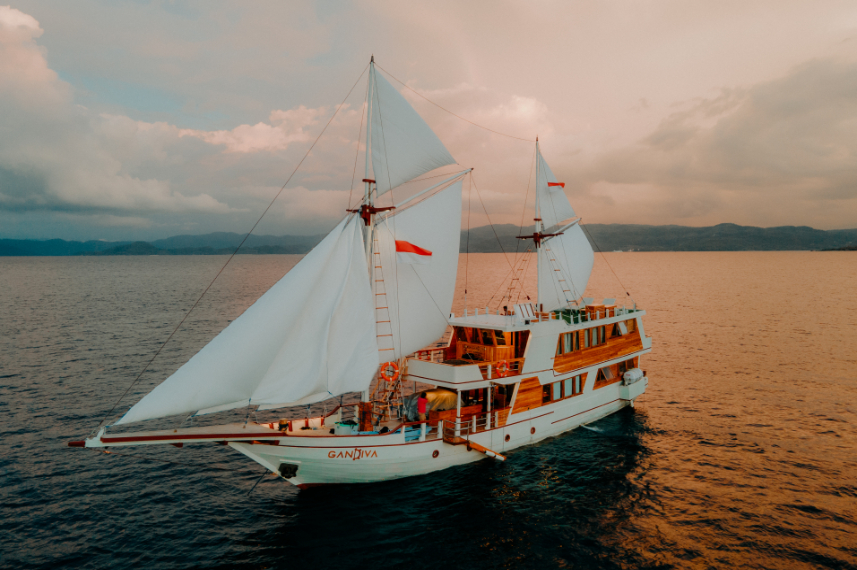Kaimana
Diving in Kaimana is on every diver’s wishlist for a good reason. The area is known to be the ‘species factory’ due to the many species that inhabit this region. At least three-fourths of the species in the Coral Triangle are present in the Bird’s Head Seascapes. Talk about biodiversity at its finest!
With its crystal-clear waters and the area’s remoteness, Kaimana boasts an unthinkable beauty like no other place. Some endemic species were discovered here (and many are still left unexplored and undiscovered), making diving here the ultimate destination in Indonesia, regardless of the diving level.
Top highlights of Kaimana
- Namatota should not be skipped from the itinerary for its historical aspect, including the Namatota Kingdom
- The whale sharks are one of the best things about Kaimana, as they nibble the smaller fish from bagan
- Something worth exploring above the water is the Kaimana ancient rock arts
- Enjoy the sightings of some Bird’s Head Seascape endemics such as Nursalim wrasse, Giti demoiselle, and Papuan garden eel
About Kaimana
Geographically, Kaimana lies in the ‘neck’ of the bird, directly facing the Arafura Sea. Considered remote by the general population due to the location, Kaimana boasts a natural beauty like no other, just like another region in Papua.
Avid divers may use Kaimana as a starting point before heading to Triton Bay, which politically is part of the Kaimana regency. Still, the region is worth exploring, not only for its nature but also its culture. Namatota, one of the islands in Kaimana and also the name of the village, has a long history of the Namatota kingdom that has existed since the 16th century. Namatota is reachable by speedboat from Kaimana harbor, which takes about 45 minutes.
Another interesting thing about Kaimana is the presence of ancient rock art. These drawings can be found in Omborecena, Memnemba, Namatita, and Kamaka, among other locations.
Diving in Kaimana
As part of the Bird’s Head Seascape alongside Raja Ampat, Cenderawasih Bay, and Misool, the marine biodiversity in Kaimana is second to none. This area is called an underwater paradise for a reason, and it is not an exaggeration or a marketing ploy.
Different fish species can be spotted in the area, including groupers, barracudas, Napoleon wrasse, bumphead parrotfish, fusiliers, rabbitfish, dottybacks, and many more. Some shark species also inhabit the waters around Kaimana, such as reef and nurse sharks, while whale sharks and wobbegong sharks have become two of Kaimana’s main sightings.
Macro enthusiasts should find an array of exciting critters to pique their interests. Pygmy seahorses are abundant (including Denise’s, Pontoh, Satomi, and Bargibant’s), nudibranchs, ghost pipefish, mantis shrimp, blue-ringed octopuses, cuttlefish, and spadefish can be seen scuttle among the healthy and colorful coral reefs. Hard and soft corals like branching corals, porites, leather corals, sea fans, plate corals, hammer corals, and black corals are fully displayed here in Kaimana.
One of the best things about the marine animals in the Bird’s Head Seascape region is the number of endemics discovered here and nowhere else. Those endemics include Nursalim flasher wrasse, Triton epaulette sharks, Fakfak damselfish, and Papuan garden eel. These species’ discoveries prove how rich the marine biodiversity is here, something that certainly attracts divers all over the world.
Discover your next adventure in
The Diversity of Endemic Species of Kaimana
A lot can be written about Kaimana. The whale sharks that are constantly present around Namatota island, due to the bagan from the local fishermen, have succeeded in attracting divers from all over the world to fly to this remote area of Papua. But the one thing that sets Kaimana apart from other diving destinations in Indonesia is the high number of endemic species discovered in the region. And just like the definition of endemic, they cannot be found in any other areas but here.
Among those endemics is the Nursalim flasher wrasse (Paracheilinus nursalim), which was categorized in 2008. This tiny fish can only be found in depths between 20 to 35 meters in the Fak-fak and Kaimana coastline. The males flash bright colors to attract the females, and this action is an attraction due to their rapid movements. And then there is Chrysiptera giti or Giti damselfish. This rich blue damselfish with an orange/yellow tail can be found between 5 to 20 meters, and it also only inhabits the coastline of Fak-fak and Kaimana.
Mercy’s Garden eel (Heteroconger mercyae) was first discovered in the Tanjung Papisoi/Papisoi Peninsula and is often spotted in the silty sand at 5 to 10 meters. Numberi’s whiptail (Pentapodus numberii) is found throughout the Bird’s Head Seascape at 8 to 30 meters.
One of the most remarkable endemic species in the region is the Triton epaulette shark (Hemiscyllium henryi), which was discovered in 2006 and is a nocturnal animal. The Triton epaulette shark is the third walking shark that was discovered in the Bird’s Head Seascape after the one in Raja Ampat (Hemiscyllium freycineti) and Cenderawasih Bay (Hemiscyllium galei).
Other endemic species have not been classified yet and continue to be discovered in Kaimana or the Bird’s Head Seascape, making it one of the most exciting regions in the world regarding marine endemism.
Diving Environments in Kaimana
Diving in Kaimana means the options for diving are limitless. Everything is available here, from pinnacles and shallow coral reefs to drift and muck diving. The depth of the water also varies, depending on which side of Kaimana you’re diving into. But generally, the depth around Kaimana ranges from 5 meters to beyond 35 meters.
The water temperature is constant throughout the year, within the 26-29 degrees Celsius range, especially during the diving season. The temperatures drop slightly when the eastern monsoon hits. The current and the weather also affect the visibility in Kaimana. It can exceed 25 meters in the dry season, while the average is 5 to 20 meters. This is one of the key differences between Kaimana and Raja Ampat when it comes to visibility. This is due to the high level of nutrients in the waters around Kaimana, while Raja Ampat has a better visibility overall.
Because of the magnificent fish and coral life, diving deeper than 20 meters is sometimes unnecessary as the actions often happen even on the shallower side.
Currents can be intense in some dive sites, and discussing your diving level with your instructors is strongly advised to ensure enjoyable diving.
Discover your next adventure in
How to get to Kaimana
Kaimana has one airport that acts as the entry point to explore not only Kaimana, but Triton Bay as well. But to get here, you need to change flights and make multiple stopovers, as there are no direct flights to Kaimana.
Makassar is your first destination, and plenty of direct flights are available. If you fly from Jakarta, there are multiple flights in one day, served by Sriwijaya, Super Air Jet, Lion Air, Citilink, Batik Air, and Garuda. If you depart from Surabaya, there are flights from Lion Air, Super Air Jet, Citilink, and Batik Air to Makassar.
Once you arrive in Makassar, the next flight is to Sorong by Lion Air and Batik Air. After Sorong, there is a final flight to Utarom Airport in Kaimana, and only Wings Air offers this service.
If you wish to depart from Bali, the easiest way is to fly to Surabaya first, then continue the journey to Makassar, Sorong, and then Kaimana.
Diving Seasons & Weather in Kaimana
With two wet seasons occurring in a year, from November to December and then from July to August, the best period to dive in the region is from October to December, when the monsoon ends. Diving during these months offers a cooler water temperature, and the macro creatures are in full swing. The caveat is the poor visibility.
Another option is from December to early June, when the visibility is at its peak and the water temperature is warmer. After that, the monsoon period starts, bringing strong winds and creating a rough sea surface, making it impossible to dive.
One thing about the weather in West Papua is that rain happens, even outside the rainy season.


